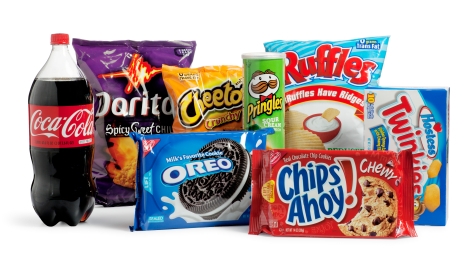Glorious carbs carbs carbs! The mind and body craves no other macro-nutrient more than those oh so satisfying carbohydrates…and for good reason. Your skeletal muscle, organs, and central nervous system are programmed to primarily run on carbohydrates making them crucial for optimal physical and mental performance. Have you ever tried going more than a day or two without eating any quality carbohydrates? Lets just say your friends will be buying you a snickers! So for the sake of your body, mind, and friendships make sure you have some carbs in your life, but like most things you need to be picky about which carbs you choose to have…especially when trying to obtain a certain physique. Carbs can be your worse enemy when trying to lose body fat and control insulin levels, which is why you must understand the Glycemic Index to be successful.
Once ingested, all carbohydrates are broken down into the simplest form of energy to the body called glucose and then is either used right away for fuel or stored as glycogen in the liver and skeletal muscle for later use. If you’re not an active person and/or do not have a good amount of muscle mass to sustain then your body’s glycogen capacity is going to be limited, therefore increasing the likelihood of those carbohydrates being sent to fat cells.
*Fun Fact: One of the greatest benefits (in my opinion) of doing resistance training regularly is an increase in glycogen capacity meaning you get to eat more carbs without fueling fat cells!
Another big factor that determines how those carbs you just ate are going to be used and where they’ll go is the Glycemic Index. The Glycemic Index is a numerical index that ranks carbohydrates based on their rate of glycemic response (their conversion to glucose within the human body). The Glycemic Index uses a scale of 0 to 100, with higher values given to foods that cause the most rapid rise in blood sugar. Pure glucose (glycogen) is used as a reference point and is given a Glycemic Index (GI) value of 100. The other factor to Glycemic Index is the carbohydrates Glycemic Load. (click here to learn more about Glycemic Load)
*FYI- For most people, higher Glycemic carbohydrates (70-100 GI) should only be utilized pre- and/or post-exercise. Lower to moderate Glycemic carbohydrates (35-65 GI) should then be used for the rest of your meals and tapered down as you become less active and closer to bed time.
Now that you understand what the Glycemic Index is, it’s time to put it in effect and modify your carbohydrate intake accordingly to reach your personal fitness goals. Here’s an example of the carbohydrate structure I follow when I’m trying to slowly reduce body fat and maintain current muscle mass. Again, portion sizes will vary greatly person to person depending on current condition, activity level, and fitness goals.
Meal 1 (breakfast): I have roughly a 50/50 mixture of Low-Moderate Glycemic carbs (45-65 GI) and Moderate-High Glycemic carbs (70-90 GI). For example: old fashioned oats sweetened with a little sugar and mixed berries, or gluten-free/Ezekiel bread with low-sugar jam or a piece of fruit, or plain cream of white rice with a fiber powder. There’s lots of options out there for each…check out the Glycemic Index for more.
Meal 2 (Post-Workout): Moderate-High Glycemic carbs (70-90 GI). Some examples include: banana, cereals/bars, white rice, and white potato. Occasionally a muffin or pastry after a long, vigorous workout.
Meals 3, 4, 5, 6: A blend of Low-Moderate Glycemic carbs (45-65 GI). Some examples include: Long grain rice with mixed vegetables, or sweet potato with mixed vegetables, or old fashioned oats with mixed berries.
Meal 7 (1 hour before bed): NO CARBOHYDRATES! Remember, carbohydrates are used for fuel…if you’re not active or have not been active for numerous hours then there’s probably no need for more fuel!
*Fun Fact!: Fats help reduce the glycemic response of carbohydrates, so adding a little dietary unsaturated fat (nuts, nut-butters, vegetable/nut oils, avocado, etc…) to your meal will help to off-set the insulin response.
This is just an example carbohydrate structure that I follow when maintaining my current weight and trying to very slowly lower body fat. Everyone’s body is different and their carbohydrate needs are different, so start with a similar carbohydrate structure and then adjust according to results. If you’re not losing weight/body fat, then cut portions down slightly across meals.
Have a question about the Glycemic Index or are you in need of help with meal planning and nutrition coaching? Feel free to contact me directly or leave your questions/comments below for a discussion.
Justin Check, NSCA-CPT, FNC Check Total Health 239.209.7878 justin@check-yourself.com



